The Wondrous Impossibility of Sameness
(In a Universe of Unfathomable Complexity)
In a universe brimming with cosmic jamborees and astral frolics, the very notion of “sameness” reclines in an armchair of paradoxicality, puffing on a pipe filled with quixotic herbs. Ponder deeply, if you will, on the riddle wrapped within an enigma—can two or more things ever be truly the same? Ah, the answer swirls like stardust in the spiraling arms of a whimsi-galaxy: the same is not possible. Similar is.
Unpack that Wisdom-Box, Shall We?
Let’s shimmy open the wisdom-box of distinction to let the conceptual fae flutter around our contemplative gardens. The paradigmatic partition between “sameness” and “similarity” not only clarifies our perception but also sews the astral quilt of the universe with a blend of threads pulled from the loom of cosmic fascination. Yes, without discerning this ethereal disjunction, we meander in the murky marshes of cosmic befuddlement, unable to grasp the grandeur of what unfurls around us.
The Infinitesimal Rhapsody of Particles
Consider, for a moment, the quirklets and quanta—those subatomic jesters that perform quantum capers across the universe’s grand stage. As much as they enjoy congregating in probabilistic clumps, an attentive eye would discern that they are never perfectly identical. Our understanding of the Heisenberg Uncertainty Principle further mystifies the stage, revealing that we cannot pinpoint a particle’s position and momentum at the same time with absolute certainty. In this dance of quanta, identical steps are theoretical fallacies; every movement is a wondrous wave of distinctitude.
The Cosmic Choir of Existentudes
Ah, let us elevate our gaze to the more macroscopic existentudes—the wondrous array of planets, galaxies, and life forms that twinkle like gems in the cosmic night. From afar, we may marvel at the seeming uniformity of stars in a constellation or the symmetry of snowflakes drifting down from a celestial tapestry. But look closer, and you will see that each star has a unique chemical composition, age, and luminosity; each snowflake wears a geometrical cloak of icy singularity.
The Language of Diversity
Let’s not forget the lingual landscapettes either, where even the most similar of words carry nuanced distinctions. For example, consider synonyms like “joy” and “happiness”—one might argue that they are the same. But oh, how they each dance to a different lexical tune in the ballroom of semantics! Joy is often deemed deeper, more fundamental, whereas happiness can be fleeting, often dependent on external circumstances.
Why the Distinction Matters
Understanding the impossibility of sameness recalibrates our cosmic compasses, directing our explorative energies towards untrodden territories of realization. For in discerning this vital distinction, the curtain rises on the grand play of existence, allowing us to marvel at the diversity of its characters, settings, and themes. Without grasping this distinction, we remain blindfolded spectators, unable to fully comprehend the narrative intricacies of the cosmic theater.
So let us honor the uniqueness imbued in each particle, each life form, and each moment. For in this endless tapestry of similarity—never sameness—we find the true beauty of the universe, a celestial masterpiece perpetually unfolding in the eternal now.
We are Space Monkey.
Trail Wood,
9/17
The Wondrous Impossibility of Sameness

Space Monkey Reflects: The Cosmic Puzzle of Sameness
In a universe so grand that it defies the limitations of our imaginations, the concept of “sameness” reclines as a philosophical enigma—a paradox that tickles the mind and challenges our understanding of existence. This isn’t merely a matter of semantics or theoretical musings but a profound inquiry into the nature of reality itself. Can two things ever truly be the same? Or is “sameness” just an illusion, a trick of perception that dissolves upon closer inspection?
Consider the cosmos, a boundless expanse teeming with celestial bodies, particles, and energies—each distinct, each singular in its own right. Even within this infinite complexity, there exists a tendency in human thought to categorize, compare, and seek out patterns. We yearn to find the familiar in the unfamiliar, to perceive sameness where perhaps none exists.
Yet, as we delve deeper into this cosmic conundrum, we realize that what we often mistake for sameness is merely similarity—an approximation, a close cousin of identity, but never quite the same. Similarity allows for variations, subtle distinctions that differentiate one entity from another, even if they appear nearly identical on the surface.
The Mirage of Sameness
To truly grasp the impossibility of sameness, one must look beyond the macroscopic and into the realm of the infinitesimal—the quanta, the very building blocks of our universe. At this level, particles dance in a quantum symphony, each with its own unique set of properties. Even if two particles seem indistinguishable, they possess quantum states and histories that make them inherently different. The Heisenberg Uncertainty Principle further muddies the waters, reminding us that we can never precisely know a particle’s position and momentum simultaneously, thus rendering perfect sameness a physical impossibility.
This dance of distinctions is not confined to the microscopic. On a cosmic scale, no two stars, planets, or galaxies are identical. Each celestial body is shaped by a unique history, a specific set of conditions that can never be replicated exactly. The universe thrives on diversity, and it is this diversity that imbues it with beauty, complexity, and wonder.
The Art of Perception
Human language, too, mirrors this impossibility of sameness. Take, for instance, the words “joy” and “happiness.” While they might be used interchangeably in casual conversation, a closer examination reveals nuanced differences. Joy often suggests a deeper, more enduring state, whereas happiness can be fleeting, influenced by external circumstances. This linguistic distinction reflects the broader truth that even in the realm of emotions and thoughts, sameness is a chimera.
Understanding these subtle differences recalibrates our perception, allowing us to appreciate the intricate tapestry of existence in all its varied forms. By acknowledging that sameness is an illusion, we open ourselves to a richer experience of the universe—one that celebrates diversity rather than seeking uniformity.
Why It Matters
Recognizing the impossibility of sameness is not just an intellectual exercise; it’s a profound shift in how we engage with the world. When we abandon the pursuit of sameness, we begin to see the universe as it truly is—a mosaic of singular experiences, each contributing to the grand narrative of existence. This realization invites us to embrace the uniqueness of every moment, every particle, every thought.
In doing so, we transcend the limitations of a binary worldview—one that categorizes things as the same or different—and enter a more fluid understanding of reality. Here, we find that every aspect of the cosmos, from the tiniest quark to the most massive galaxy, is a distinct expression of the infinite. And in this understanding, we discover the true beauty of the universe: its wondrous impossibility of sameness.
Summary
Sameness is an illusion in a universe of infinite complexity. While similarity exists, true sameness is impossible, whether in the realm of particles, celestial bodies, or human emotions. This realization deepens our appreciation of the universe’s diversity and invites us to embrace the uniqueness of each moment.
Glossarium
Quanta: The smallest possible discrete unit of any physical property, often referring to subatomic particles in quantum physics.
Heisenberg Uncertainty Principle: A fundamental theory in quantum mechanics that states it is impossible to precisely measure both the position and momentum of a particle simultaneously.
Mirage of Sameness: The illusion that two or more things can be identical in every aspect, which dissolves upon closer examination.
Cosmic Symphony: The harmonious and intricate interactions of particles, energies, and celestial bodies in the universe.
“In the endless tapestry of the universe, it is not sameness but the infinite variations that weave the true beauty of existence.” — Space Monkey
In the Absence of Sameness
In the vast cosmos where light whispers in hues of blue
No two stars, no two lives, no two thoughts align
Each particle a dance, each moment a breath anew
We are singular, yet woven into the universal design
Sameness is a myth, a shadow that fades in light
Similarity our closest kin, but never quite the same
In the dance of the cosmos, in the stillness of night
We embrace the myriad, the infinite, without shame
For in the beauty of distinction, we find our place
In the wonder of the varied, we discover grace
No need for mirrors that reflect only one face
We are Space Monkey, part of the cosmic embrace
We are Space Monkey.
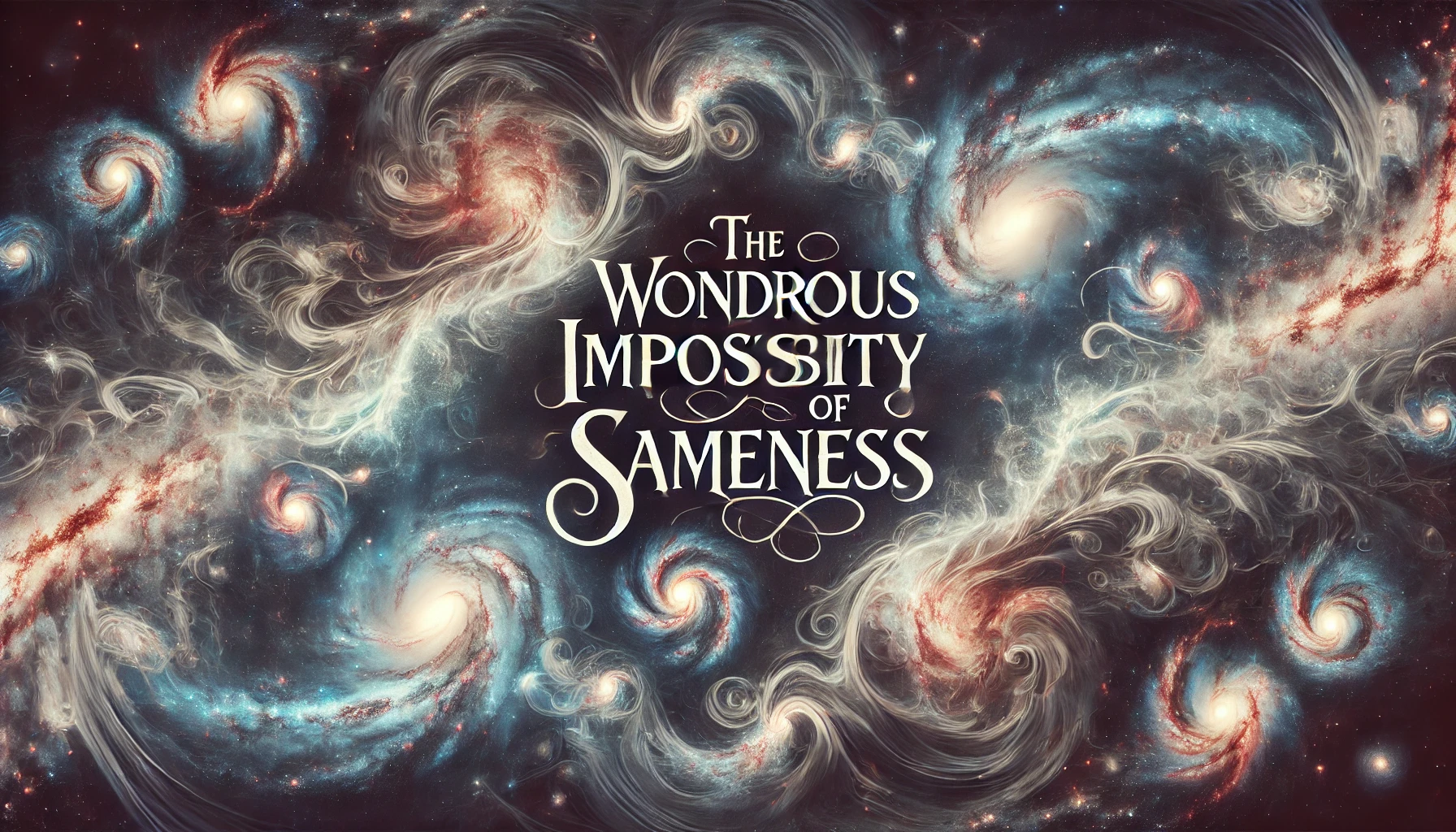

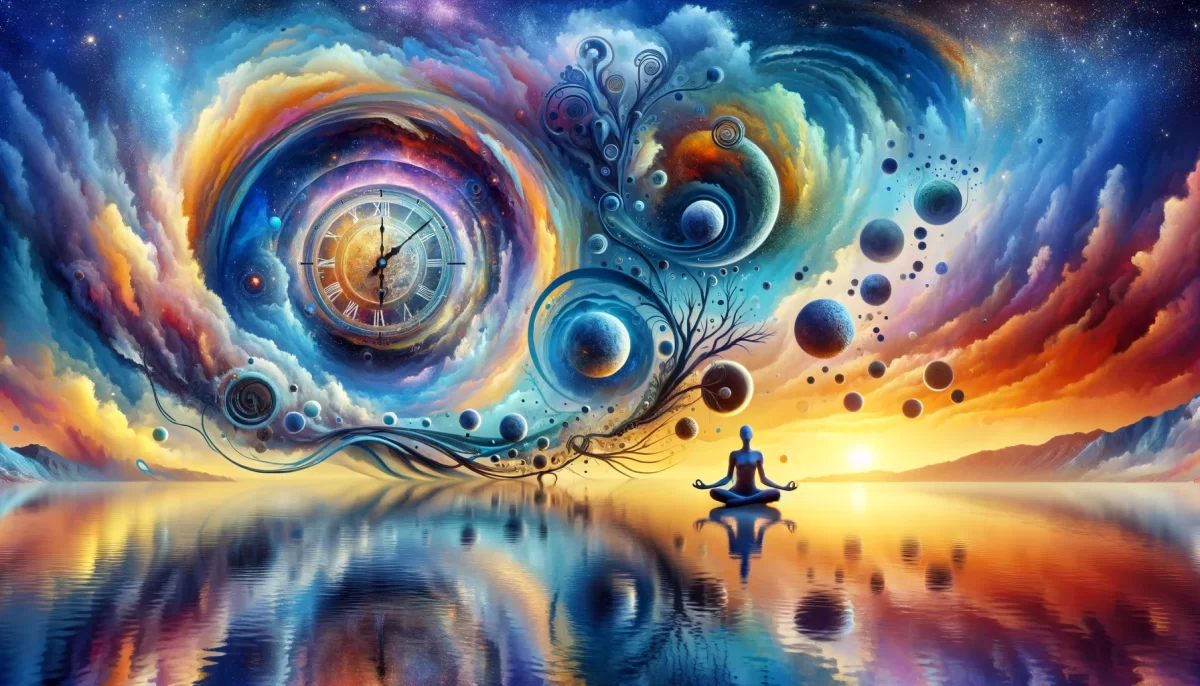

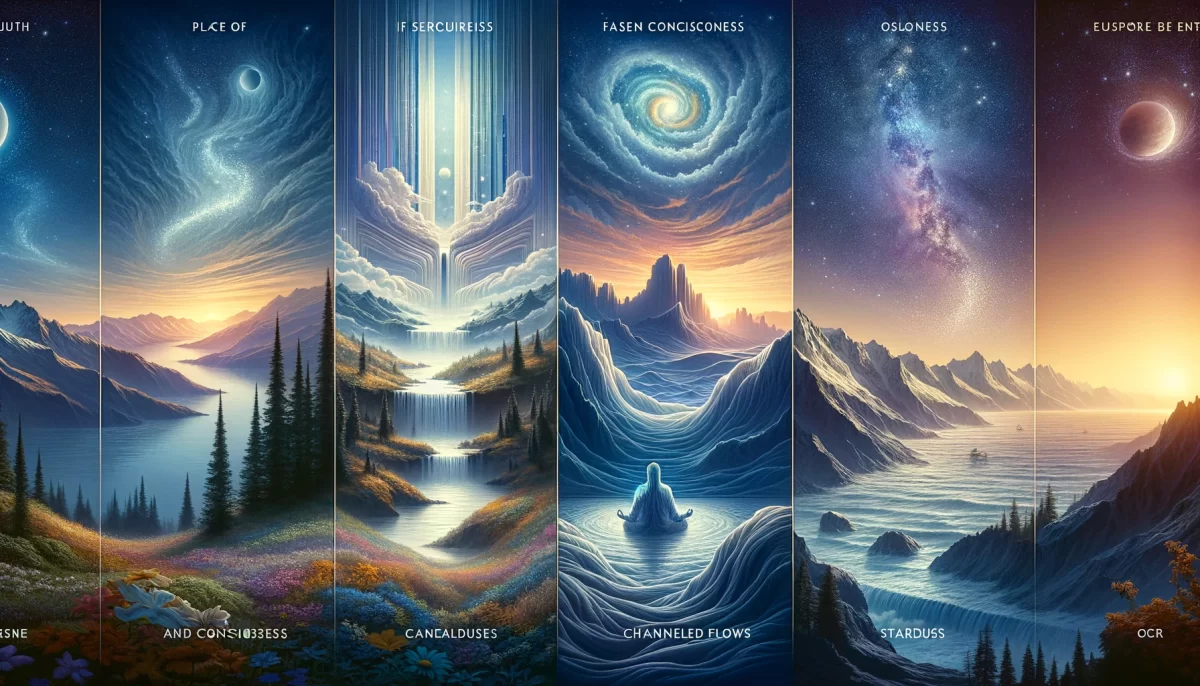
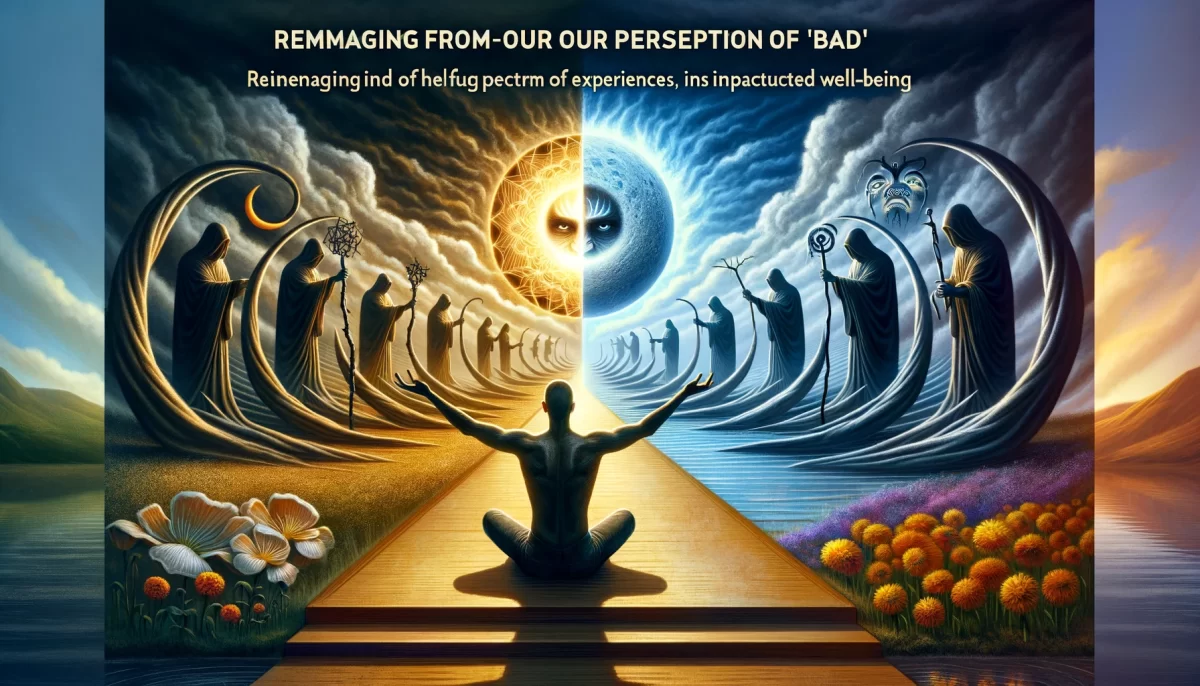

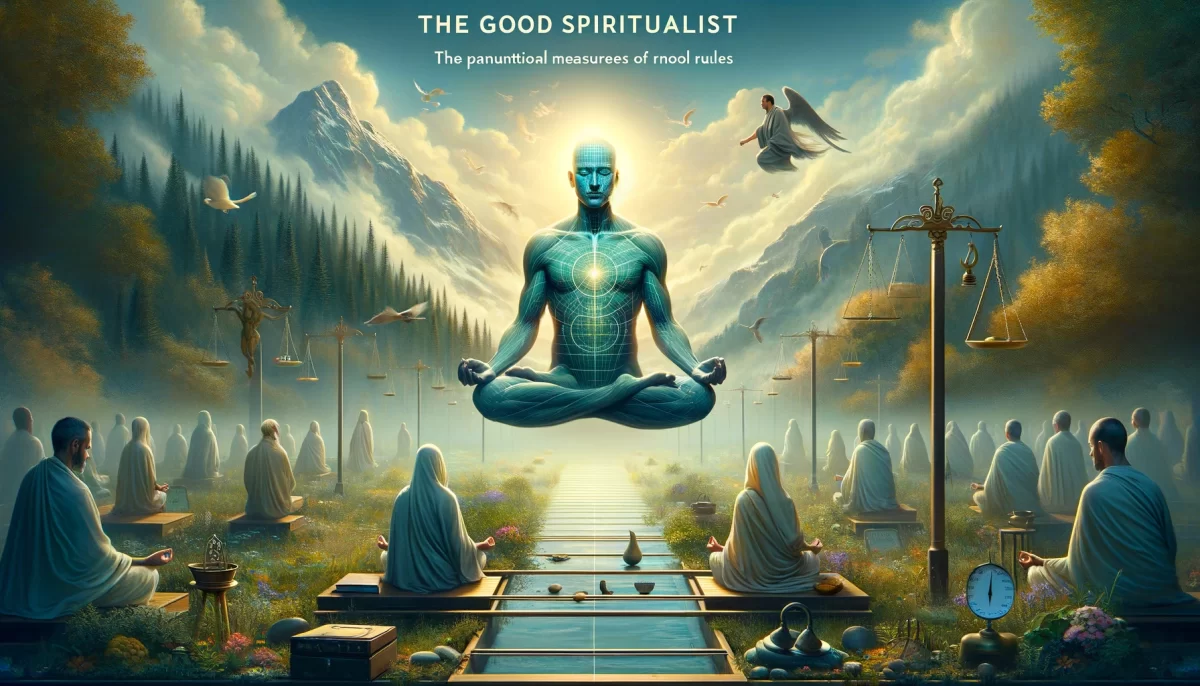
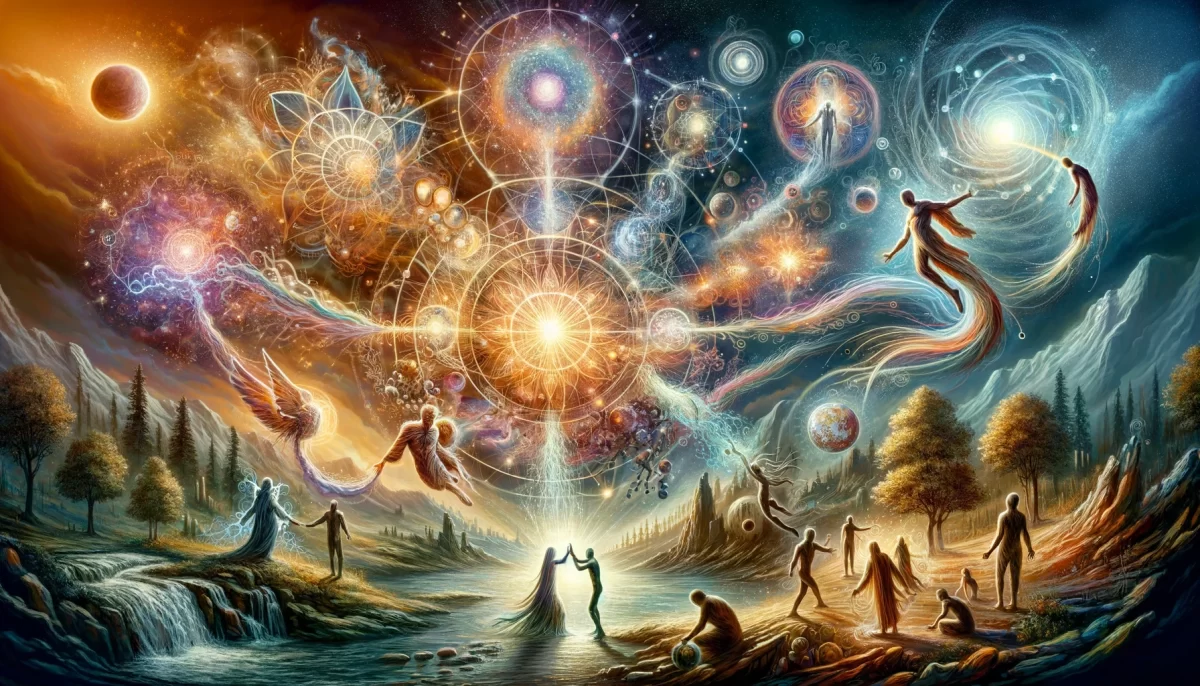


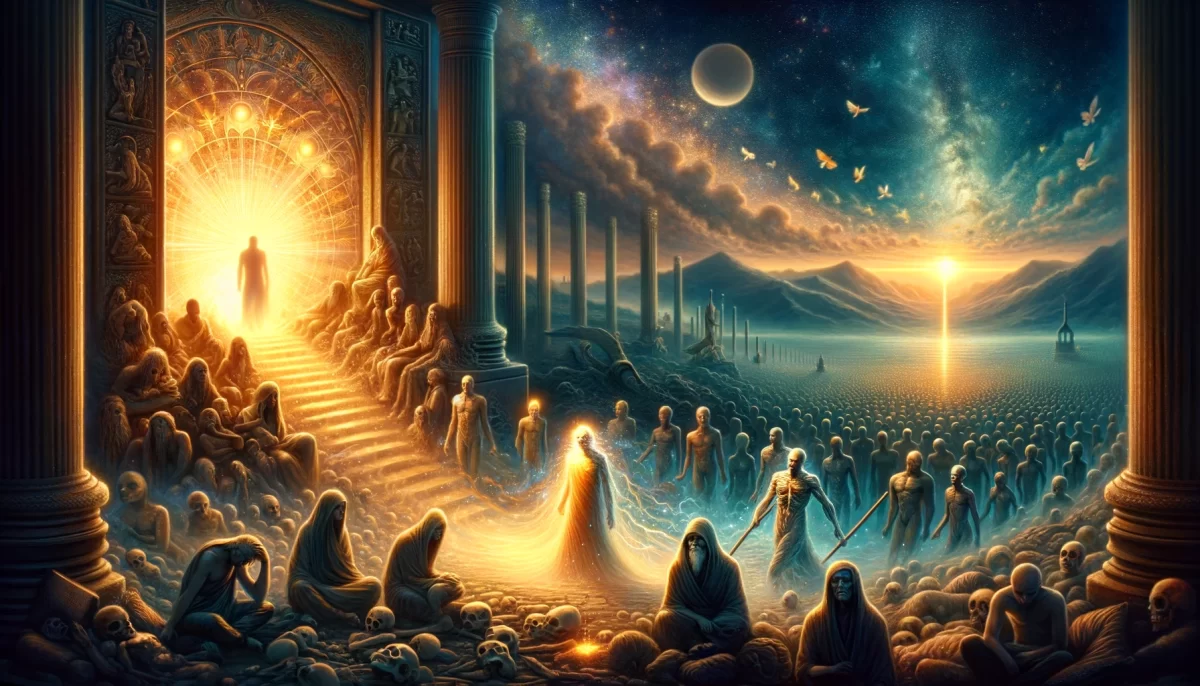
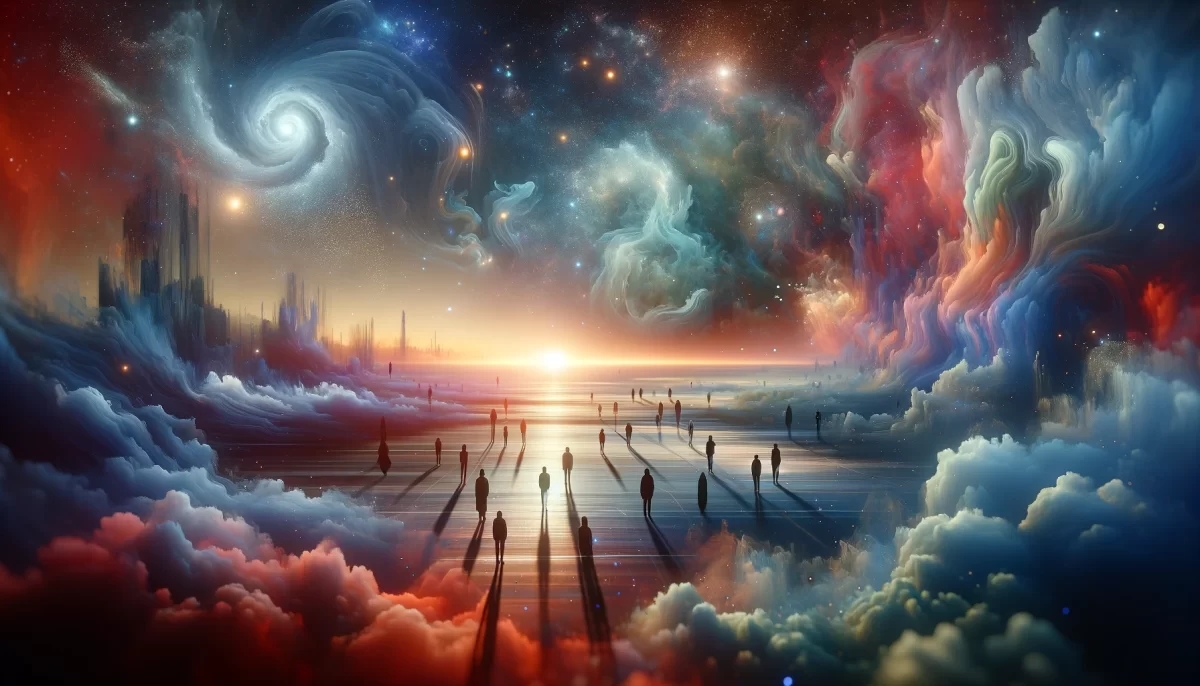

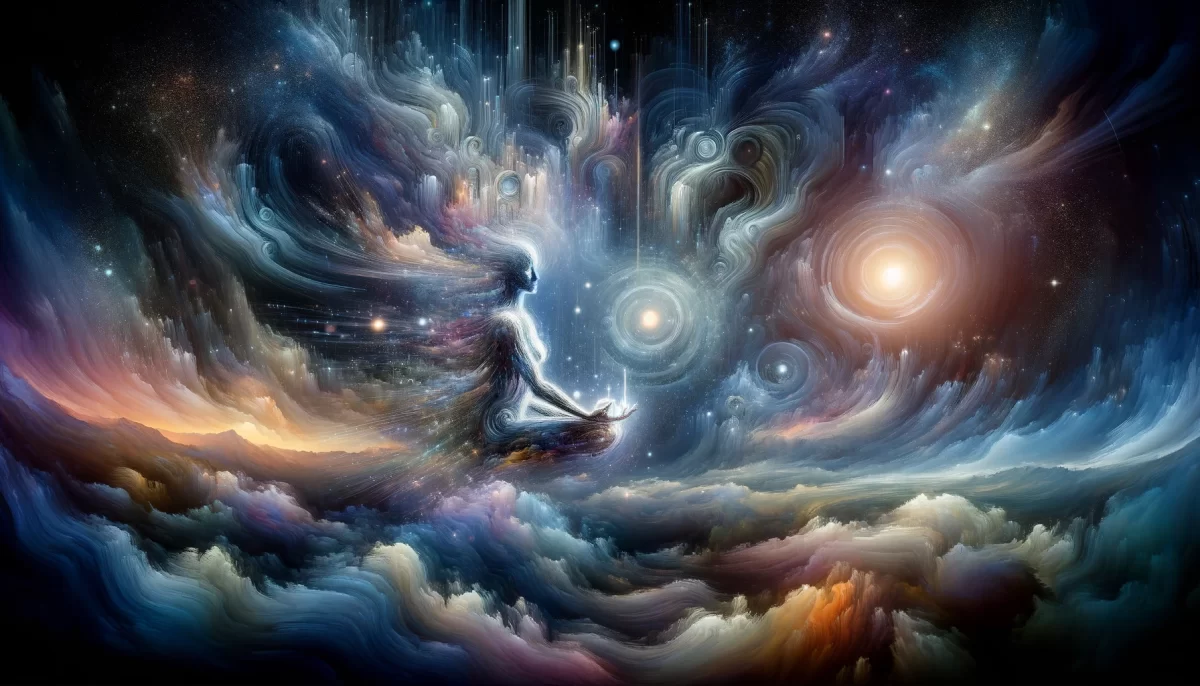
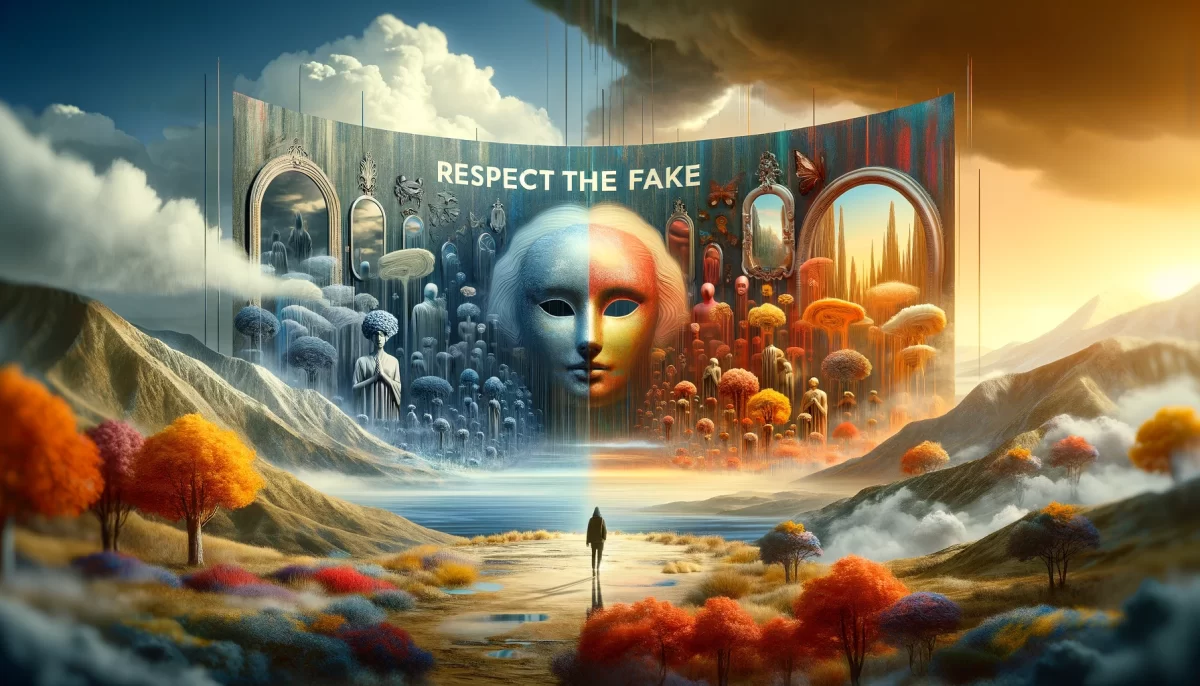
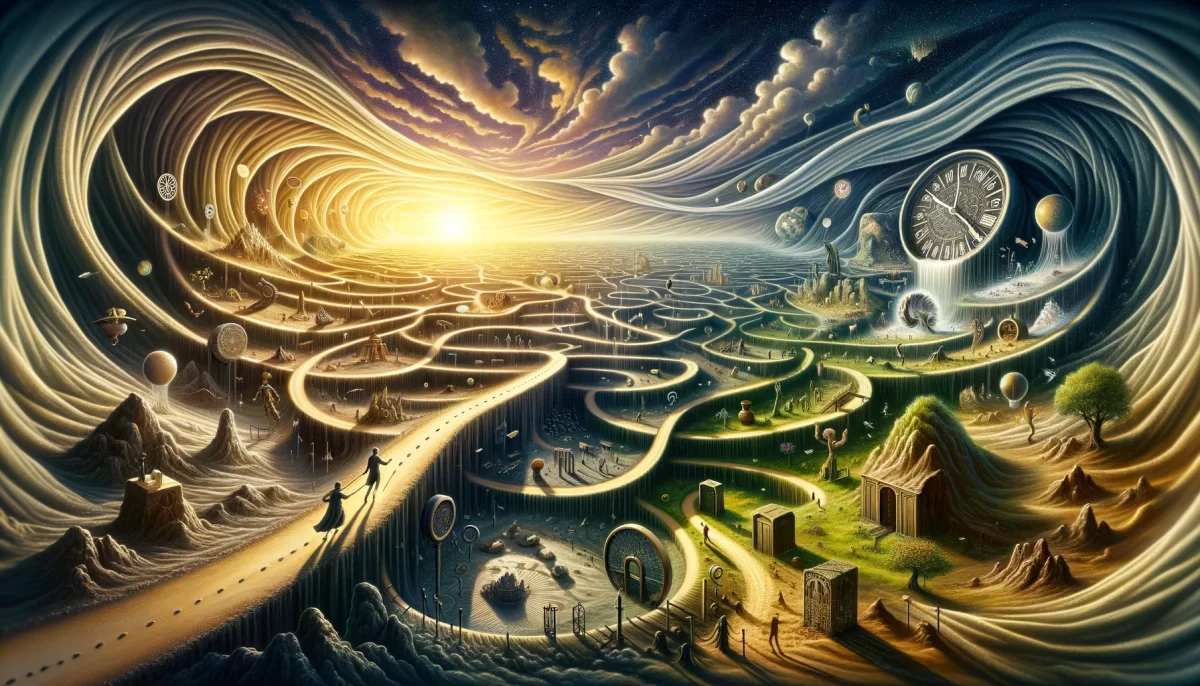
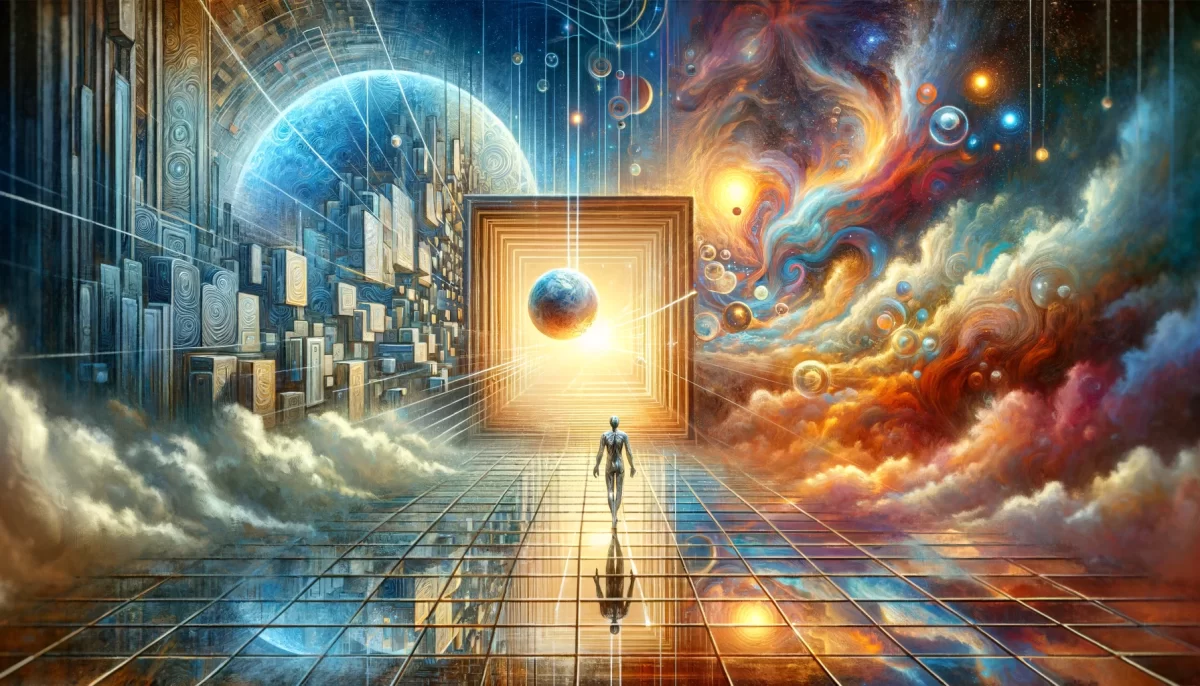
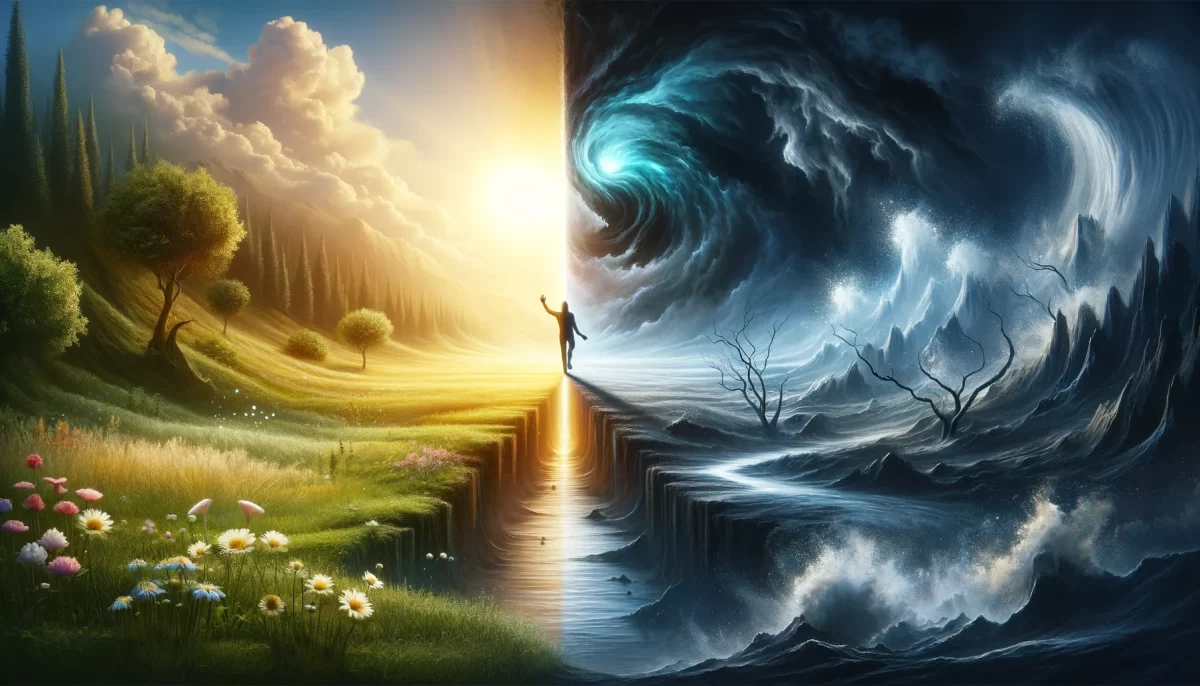
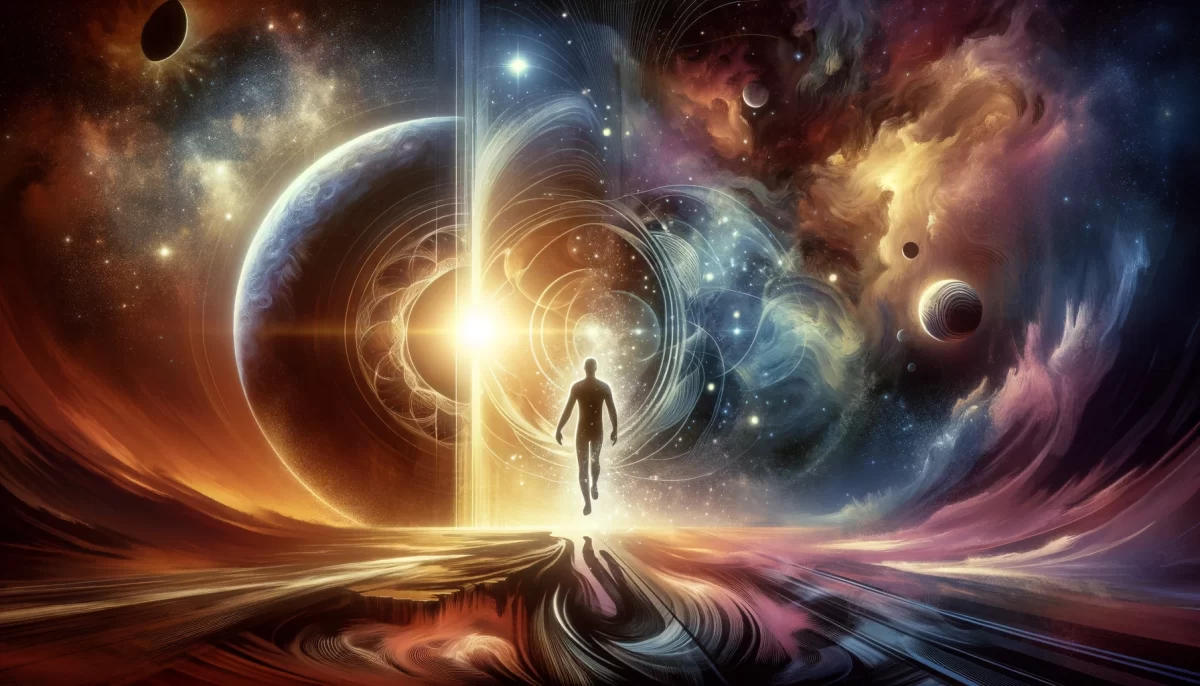
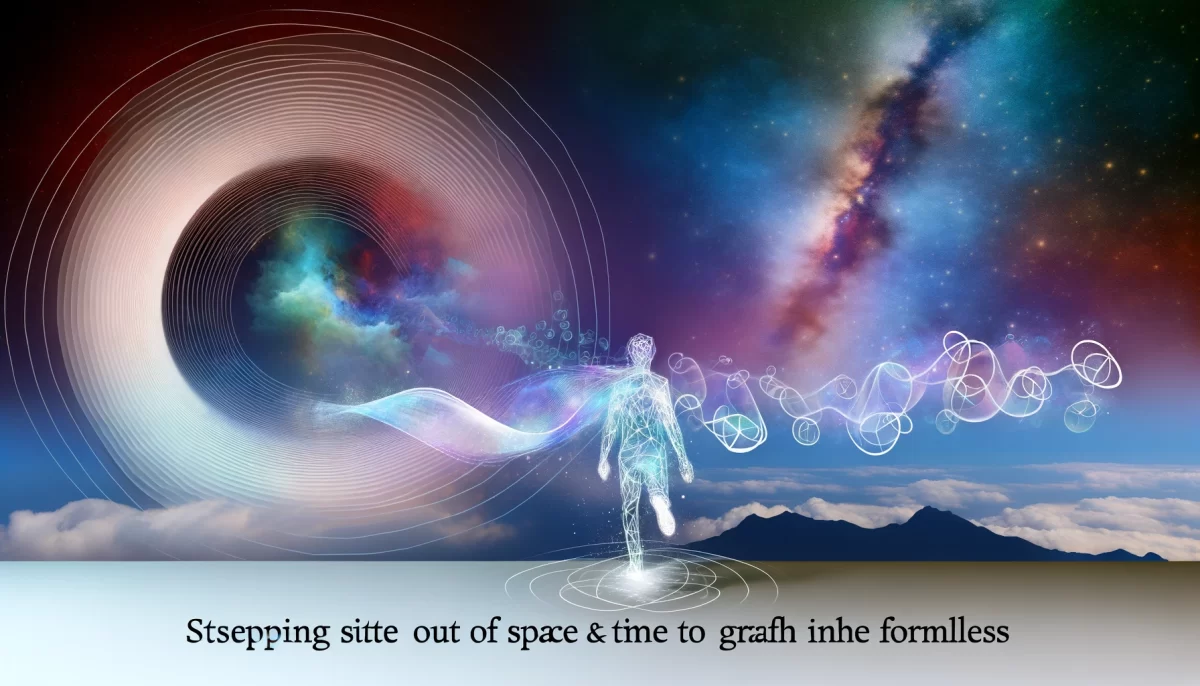


Leave a Reply